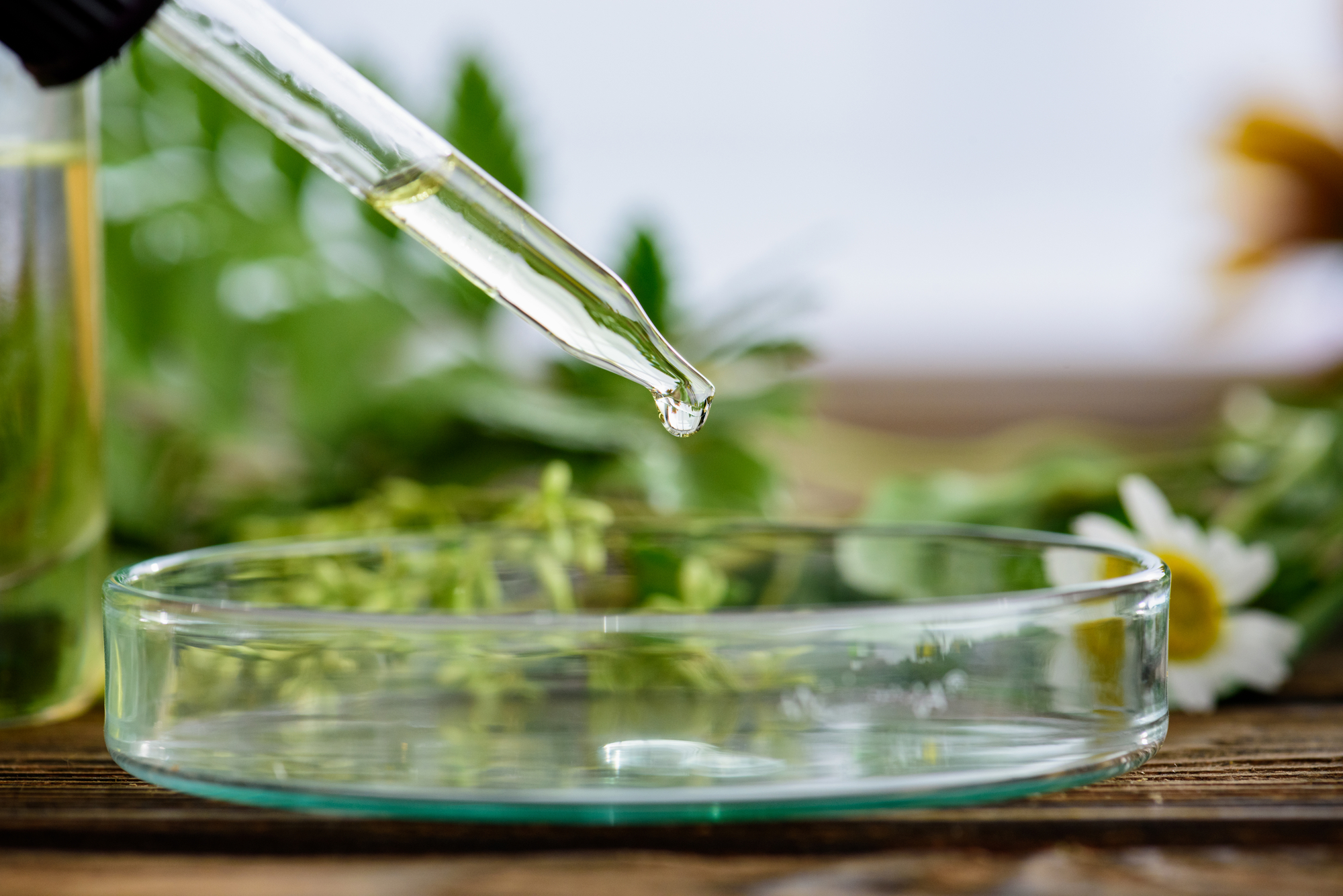Skeletal System Diseases

 Arthritis
Arthritis
The tissues in our joints become weaker and less able to cope with everyday usage and damage as we age. This degeneration manifests itself as inflammation and can be very painful. Inevitably, the joints become less mobile too. You will be asked frequently to make blends for arthritis. The pain caused by arthritis is hard to deal with, not to mention the very unsightly gnarling of the joints. The hands in particular can become like claws.
Aromatherapy can help a great deal. The buildup that is causing the inflammation is uric acid. This solidifies and creates solid crystals inside of the joints. These rub against each other but also against soft tissue which can cause agony. As the crystals get larger, they compact and make it harder and harder for the joints to swivel in their axis. Therefore, they move far less.
You might also come across osteoarthritis where the joint cartilage and bones on either side have worn away. Rheumatoid arthritis is different. Here the body’s own immune system attacks the bones. Osteoarthritis happens because of wear and tear, rheumatoid is the body’s defense mechanisms working inaccurately.
The causes are different, but we treat the same.
Juniper is able to break down uric acid and because it detoxifies the joints flushing the residue right out of the system. Use lavender and chamomile to reduce pain and swelling.
 Osteoporosis
Osteoporosis
Often seen in women who are post-menopausal the name tells you that “bone has become porous.” Bones again their strength and structure from calcium. The hormone, estrogen, helps to keep levels of calcium on an even keel. When fertility begins to shut down and estrogen levels fall this internal monitoring system is lost. The calcium dissolves and is not replaced. The density of the bones reduces and they become very brittle and break very easily. You might hear of this disease called “Brittle bones”. If you notice that one of your relatives seems to grow shorter as she ages, this is why. The spinal column is gradually collapsing down on itself. Clearly too, this is why trips and falls become so dangerous to elderly people.
Osteomalacia
One of the sad situations of twenty-first century living is this condition that had been virtually wiped out and yet is on the rise again, mainly due to the computer age. You and I might better know it as “rickets.” Originally, the addition of vitamins to milk had helped to strengthen soft bones where calcium may not have been deposited in enough quantities at an early age. Vitamin D, however, is also required for bone health. This is manufactured naturally by the body when it is exposed to sunlight. Today’s children though, sit in darkened rooms gazing at monitors and do not play outside as such as they did. So then natural levels of vitamin D are depleted and instead of having strong dense skeletons, their bones take on a problematic rubbery quality.
 Carpal Tunnel Syndrome
Carpal Tunnel Syndrome
As we saw in the muscular lesson, repeated activities can negatively impact on the connective tissues of joints. This particular condition affects the wrist, so typing can be problematic for example. Tingling tends to be the first sign of a problem or the thumb and first two fingers might start to feel either numb or painful. Gradually the strength in the hand goes into decline.
The nerve that controls the wrist runs through the bony aperture called the carpal tunnel. Inflammation runs along the nerve inflaming the structures and decreasing movement, and increasing pain. The ligaments that protect it then swell in defense but because they are trapped in the tunnel, they compress the nerve further. Use anti-inflammatory oils such as roman chamomile to reduce the constriction and ease the pain.
Bursitis
In ball joints, there is a sac of liquid called Synovial fluid. This acts a bit like oil in a car. It helps the joints to move more freely and cushions the bones against shocks and impacts. This fluid, on the knee, lives in a sac called a bursa. Bursitis is when this bag of fluid becomes irritated, again by repetitive moments. You will most likely hear it spoken of by its colloquial name “housemaid’s knee”. Housemaids regularly suffered because if the repeated impact on their knees from stooping to tend fires and kneeling to scrub the floors over many years.
Use anti-inflammatory oils like chamomile, as well as detoxifiers such as juniper or fennel
 Lupus erythematosus
Lupus erythematosus
A horrible autoimmune disease where the body overproduces antibodies which over defend different organs. This is especially problematic to the joints and their connective tissues and the skin. Mild Lupus often displays a distinctive rash on the face, mainly on the cheeks and nose which looks like the shape of a butterfly. Mild lupus might sometimes also present as joint and muscle pain. The more severe strain of Lupus known as Systemic Lupus inflames entire organic systems. We might see problems with the kidneys, lungs and heart for instance. The name lupus is the Latin name for a wolf often thought to pertain to the way that the disease seems to stalk and attack the patient and then attack the patient from multiple areas, just as a pack animal would.
Aromatherapy offers very little help here except for pain management.
Source: Des Moines University Online Medical Terminology course, http://www.dmu.edu/medterms/musculoskeletal-system/musculoskeletal-system-diseases/
The video in this lesson was obtained from http://youtube.com and may be copyrighted material of which has not always been specifically authorized by the copyright owner. We are making such material available in an effort to advance the understanding of essential oils which we believe will enhance your studies and believe this constitutes a ‘fair use’ of any such copyrighted material as provided for in section 107 of the US Copyright Law.



You must be logged in to post a comment.